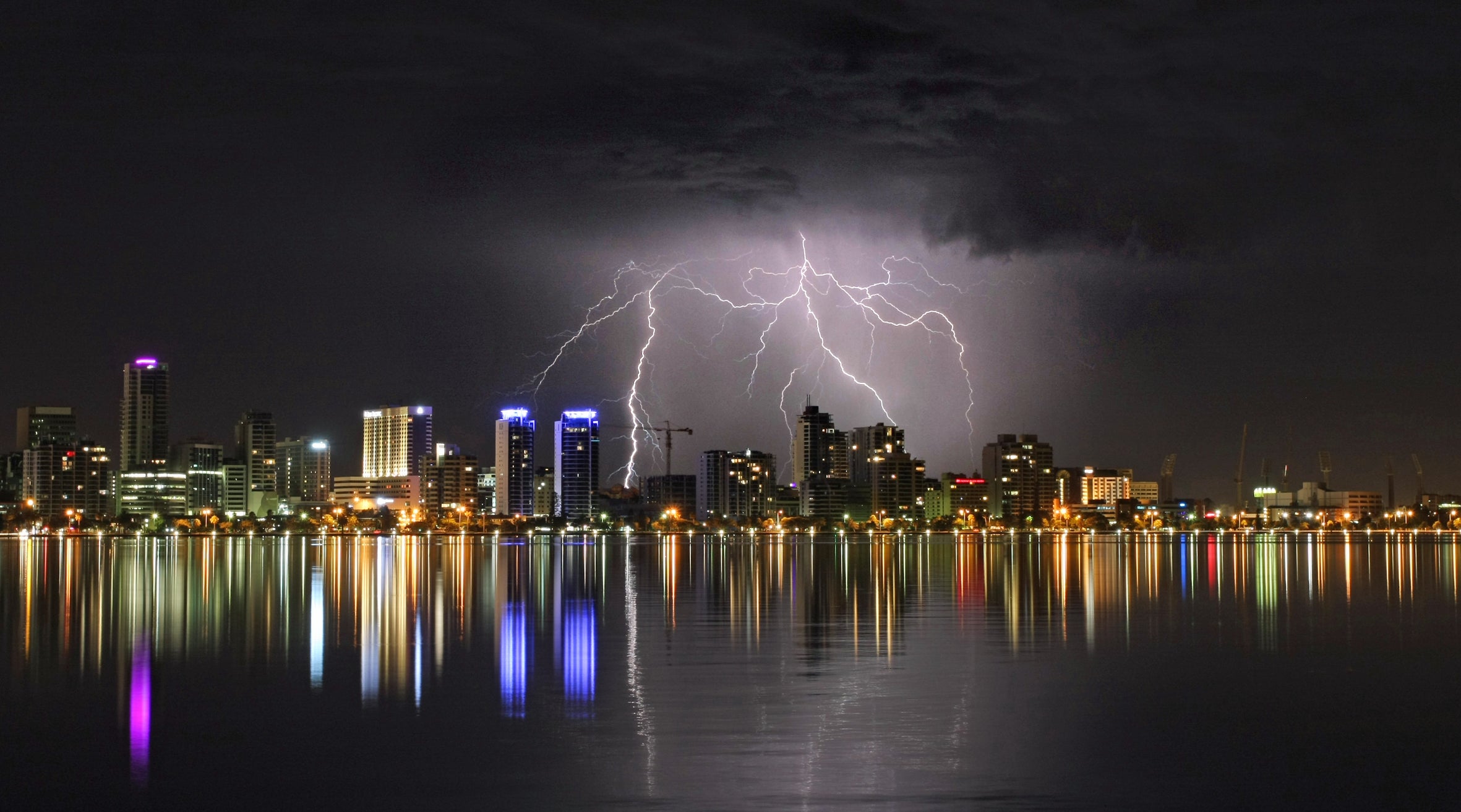
The Australian Government has proposed a plan to provide $13bn (A$18bn) of funds for power technology innovation over ten years.
Australian energy minister Angus Taylor announced his technology roadmap on Monday ahead of the country’s annual budget. In its foreword, the minister wrote: “Existing, proven technologies like coal, gas, solar and wind will play important roles in Australia’s energy future, but are not the focus of the roadmap.
“We will focus on new and emerging technologies with the potential for transformational economic and emissions outcomes, in Australia and globally.”
The government will focus on five technologies: Hydrogen, energy storage, carbon capture and storage (CCS), soil carbon storage options, and low carbon steel and aluminium.
Taylor said in his announcement: “The government’s plan has three key focuses – lower emissions, lower costs and more jobs. Getting the technologies of the future right will support 130,000 jobs by 2030 and avoid in the order of 250 million tonnes of emissions in Australia by 2040.”
The plan would use Australian state bodies to distribute investment to power projects coordinated by a new Technology Investment Advisory Council. The allocation of funds for CCS projects has already caused significant opposition.

US Tariffs are shifting - will you react or anticipate?
Don’t let policy changes catch you off guard. Stay proactive with real-time data and expert analysis.
By GlobalDataTwo political parties have said they may block the roadmap when it reaches the senate. They have claimed the bill could take funds away from renewable investment, for CCS in empty oil and gas fields and soil sequestration.
Of the proposed funds, $9.4bn (A$13bn) would go toward the Clean Energy Finance Corp and $1.01bn (A$1.4bn) toward the Australian Renewable Energy Agency (ARENA). These agencies were originally prohibited from funding CCS, though the new plan would change this.
Another $2.09bn (A$2.9bn) would go toward the Clean Energy Regulator and $1bn toward the Commonwealth Scientific and Industrial Research Organisation.
Alongside introducing the roadmap, the government pledged to use regulation, legislation and internal collaboration to effect change in energy markets.
Morrison cools on coal while favouring gas
Over the past week, the government has made speeches announcing funding for renewables and emphasising the role of natural gas in decarbonisation, and backing growth of a hydrogen industry.
The roadmap sets the aim of producing hydrogen for less than AUD2/kg and establishing a hydrogen hub. This would help it pivot the country’s gas industry toward producing more blue hydrogen for export. The country currently exports large amounts of coal to East Asia, and an increase in hydrogen sales would balance out the fall of coal.
Aside from this, former prime minister Malcolm Turnbull has called some aspects of the plan “crazy”. He has criticised the plan’s belief in cheap gas prices while ignoring the falling cost of renewables.
The country has also pushed toward expanding its natural gas production as a method of decarbonisation. Last week, Prime Minister Scott Morrison outlined plans for five new gas fields and support for new gas pipelines. He has also supported federal assistance in building a new gas-fired power plant since there are no current plans from power generators to fill an upcoming hole in generation.
Morrison previously favoured coal development, famously presenting a lump of coal in parliament and telling his opposition: “Don’t be scared, it won’t hurt you”.
Power technology investment still missing Australian net-zero commitment
Last week, Morrison pledged a further $1.16bn (AUD1.62bn) of funding for ARENA over ten years. This would fund grants and loans for investment in innovation of low-carbon power generation.
ARENA CEO Darren Miller said: “There are a number of priority technology stretch goals and emerging and enabling technologies outlined in the Low Emissions Technology Statement where ARENA can hit the ground running and build on our considerable body of work and knowledge.
“Over the years, as technologies have matured and reached commercial viability, ARENA has broadened its scope and shifted its focus from funding renewable energy generation — such as solar and wind which are now mature — to supporting the energy transition more broadly including hydrogen, energy storage, electric vehicles and enabling technologies. This is reflected in our current investment priorities which are well aligned with the Low Emissions Technology Statement.”
The plan introduced by Taylor aims to bring battery storage costs to less than $73/MWh (A$100/MWh), as well as reduce CCS costs to less than $14.43 per tonne (A$20 per tonne).
It also aims to encourage farmers to change their land management by cutting the annual cost of measuring carbon in soil to less than $2.17 (A$3) per hectare.
The energy minister also indicated the government would update its emissions reduction plan ‘in a couple of years’ time’. Currently, the country aims to cut 26% to 28% of its 2005 emissions by 2030. Beyond that, the leadership has no specific goal for net-zero emissions. It has said this would occur past 2050, which the government’s opposition proposes as a goal.
Separately, Australian states have put significant money toward backing renewables, with Queensland pledging AUD364m.



